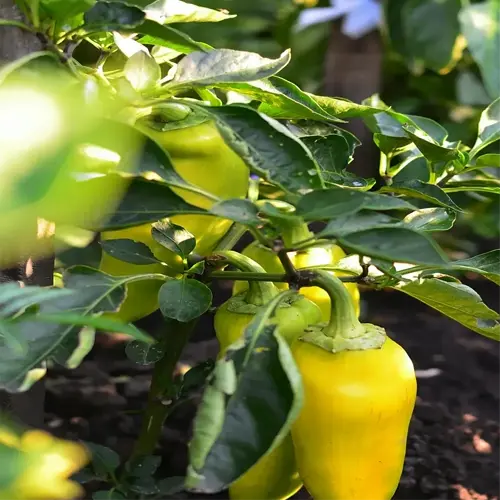Why are pistachios expensive?

Written by
Tina Carter
Reviewed by
Prof. Charles Hartman, Ph.D.Why are pistachios so pricey? An answer can be found in their obstinate desert birthplace. I have walked orchards where over 40 percent of a year's crop disappeared in alternate bearing. One farmer in California lost $800,000 when his trees took a "light year" rest. A feast or famine cycle resounded throughout.
Alternate Bearing Challenges
- Biennial pattern: Heavy crops drain tree reserves
- Weather sensitivity: Frost during bloom worsens cycles
- Market impact: 2021's 1.4B lb crop vs 2022's 700M lb crash
Labor Innovations
- Mechanical shakers: $150k machines replace 50 workers
- Optical sorters: $1M systems reduce processing labor 70%
- Night harvesting: Lowers dehulling costs 15%
An operation in Kern County, California, showed me their $2.5 million dehulling line where they sorted 100 nuts a second. But when dried-up kernels made growers scrap 40% of their nuts as ‘empty' in 2020's drought, meanwhile the added fixed costs gobbled margins on fewer sellable nuts leading prices to increase. Technology solves some problems and creates many others.
Water costs are the difference between survivors and casualties. For example, a grower in Tucson pays $3,000 per acre for pumped groundwater, three times what farmers pay in California. His crops, which sold last year for $5.50/lb, matched costs. "Arizona grew crops out of need, not choice; it is priced into every handful."
The global marketplace adjusts margins. When Iran harvests large quantities of pistachios and floods the current markets, what was once a reality of $4/pound for California growers drops to $2.50/pound. As a side note, I generally recommend hedging 30% of your crop with futures contracts. That said, the $6/pound prices in 2021 rewarded the opportunity seekers that year. Pistachios are not a crop; they are a bushel of volatility harvested.
Read the full article: How to Grow Pistachios: 9 Essential Steps for Success

